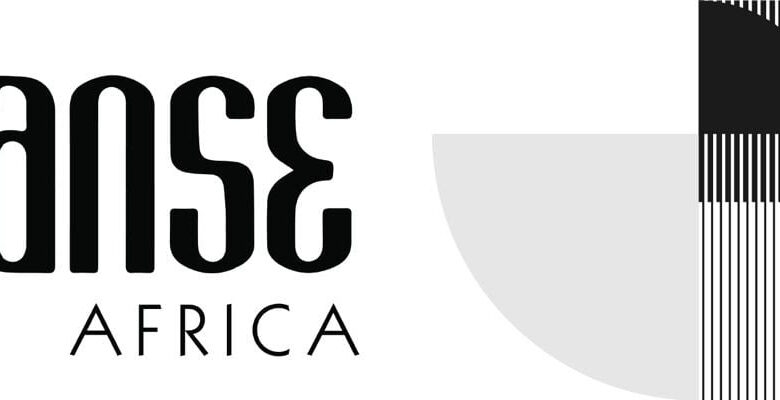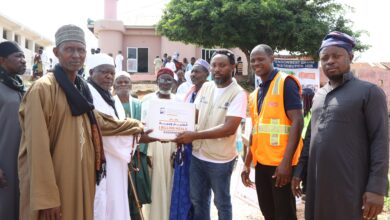African Creative Economy Could Generate $50 Billion, 20 Million Jobs by 2030

Africa’s creative economy is poised to generate $50 billion in annual revenue and create up to 20 million jobs by 2030, but systemic market fragmentation and the lack of coherent national strategies continue to limit its potential.
These findings emerged from a high-level strategic webinar, Canvas to Commerce: Redesigning Skills Building for Africa’s Creative Future, convened by Ananse Africa in partnership with Mastercard Foundation and in collaboration with African Business and Botho Emerging Markets Group. The event brought together policymakers, investors, and industry leaders to explore ways to transform Africa’s creative sector into a fully scalable economic engine.
Despite the sector’s high-growth potential, less than 15 percent of creatives are currently active on digital platforms, restricting their sales to fragmented local markets. This gap, experts say, presents a significant opportunity for public-private collaboration.
“The narrative of African creativity is changing from one of talent to one of economic engine,” said Samuel Mensah, Founder of Ananse Africa. “Talent alone cannot scale the required infrastructure. Our data reveals a significant policy opportunity: we need to formalize support for this sector. Ananse Africa is ready to partner with governments across the continent to build critical pathways that transition millions of informal micro-businesses into scalable, export-ready enterprises. The $50 billion goal is entirely achievable with targeted investment and collaboration.”
The discussion drew on Ananse Africa’s 2023/24 survey of more than 7,000 creatives, which highlighted major market gaps:
-
Market Fragmentation: Fewer than 15 percent of African creatives operate on e-commerce platforms.
-
Inclusion Gap: Only 12 of Africa’s 55 nations have a formal creative economy strategy, pointing to a major opportunity for government-led integration into national economic planning.
-
Gender Impact: Around 70 percent of creatives using platforms like Ananse Africa are women, underscoring the sector’s role in advancing gender equity and youth employment.
-
Sector Transition: Fashion, film, gaming, and digital content now employ more youth across Africa than traditional manufacturing sectors.
Collective Call to Action
Speakers at the webinar emphasized that targeted investment and structured support are critical to unlocking the sector’s full potential. Priority solutions include establishing intermediary hubs and incubators to bridge talent gaps with market-aligned training. Localized skills development is key to preserving and transferring indigenous artisanal expertise to the next generation.
Experts also stressed the importance of formalizing skills through certification and protecting commercial and cultural value internationally with Intellectual Property Rights (IPR). These measures, they argue, will ensure African creativity not only flourishes locally but competes successfully on the global stage.




